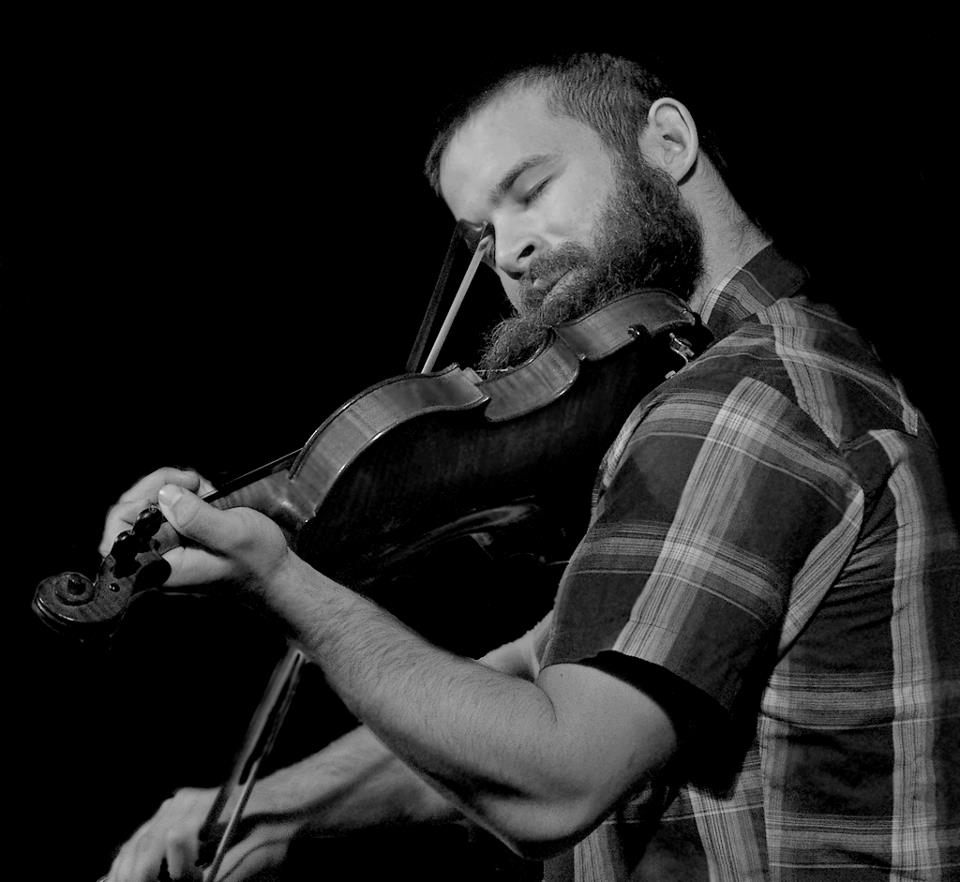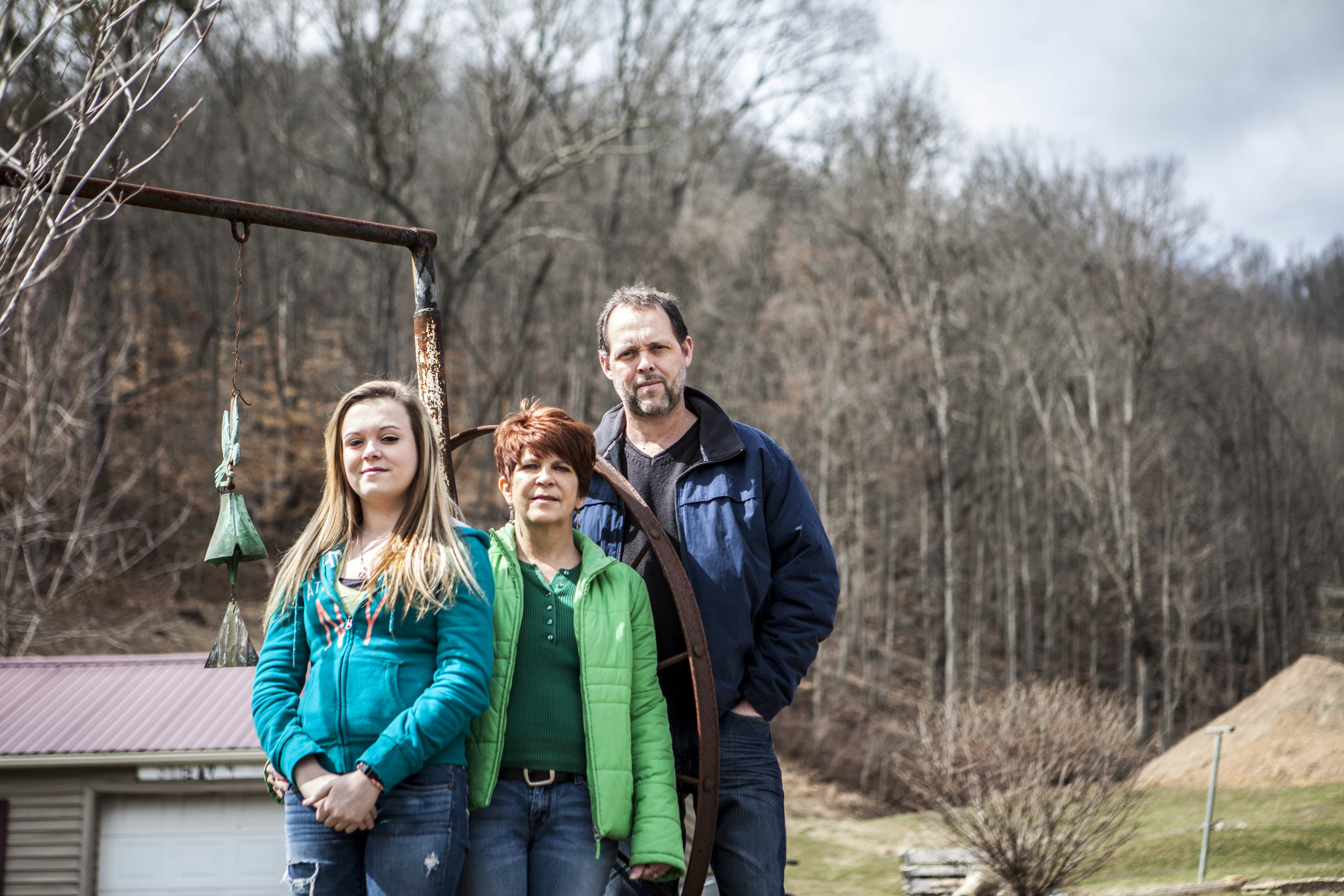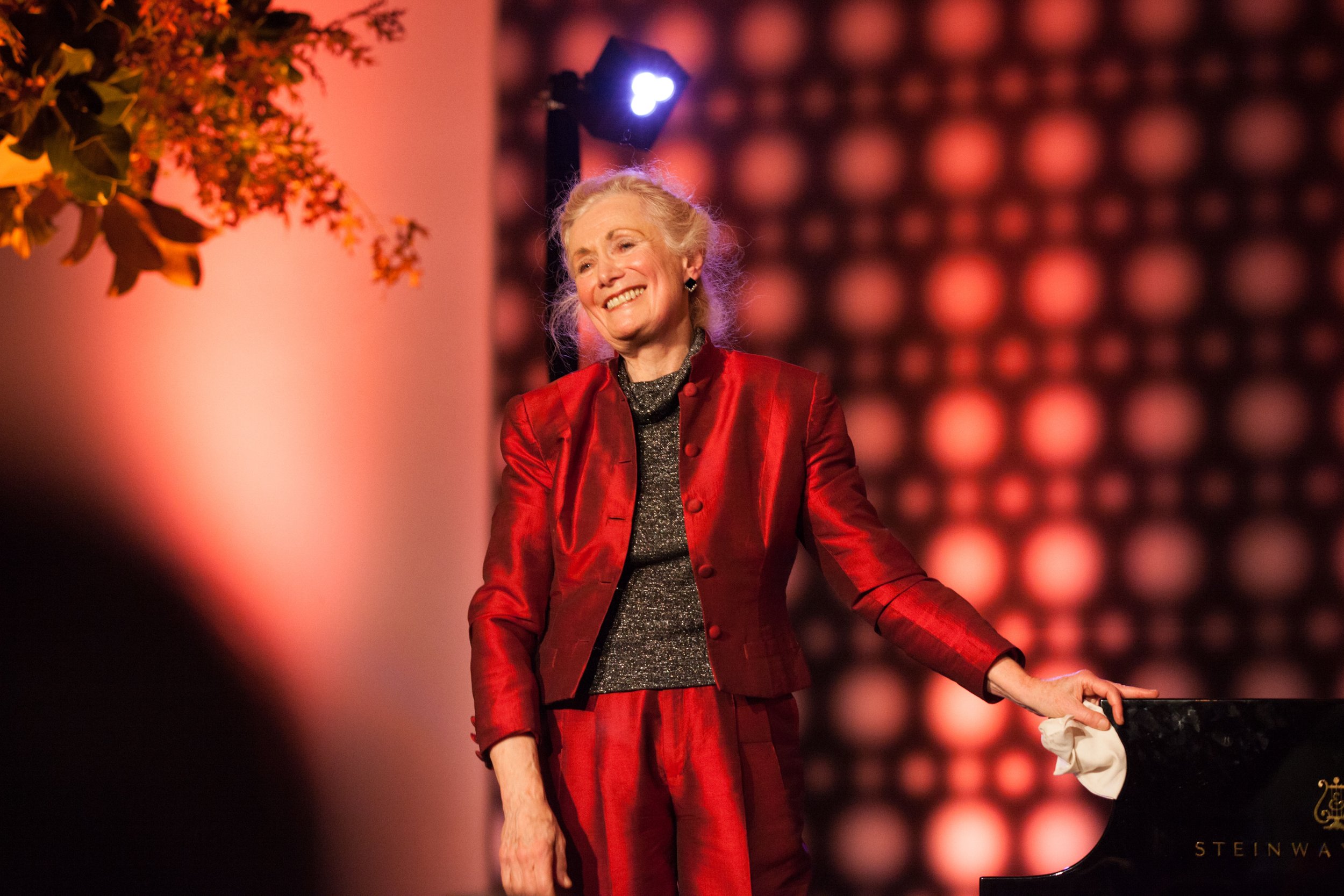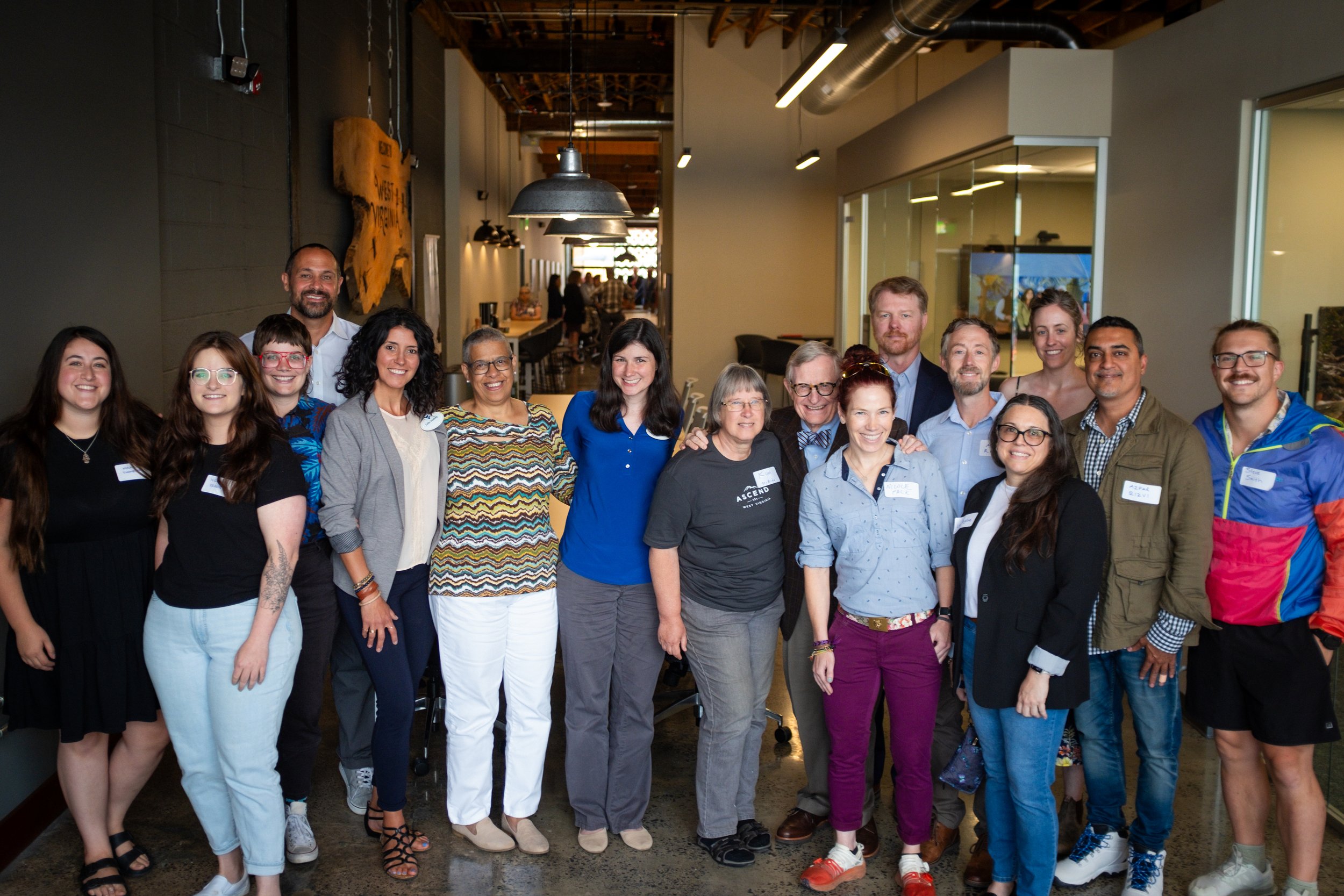The Mountain Music Trail

By Leah Deitz
Here in the eastern boundaries of the Mountain State, it is not uncommon for travelers to wander the back roads. This is where adventure lies.
Taking the path less traveled has become an experience more and more Americans seek. And because of a growing group of tourism professionals, musicians and venue owners across five different counties, US Route 219 will be the scenic route of choice for authentic mountain music and a glimpse of West Virginia at its finest. Monroe, Greenbrier, Pocahontas, Randolph and Tucker County tourism professionals have banded together with venue owners and musicians who perform and operate along the counties that US Route 219 spans to brand and market the music experience that many have been enjoying in the communities for decades. This committee is currently in the process of creating a website, brochures and other marketing and promotion initiatives. In addition, the group will be launching their own campaigns to get the word out that West Virginia, specifically US Route 219, is the home place of its own brand of mountain music, one worthy of exploration.
“Local venue owners and community leaders started the conversation,” Cara Rose, Executive Director of the Pocahontas County Convention and Visitors Bureau says. “They were familiar with The Crooked Road and were interested in creating a similar idea in our area because several venues and restaurants were offering music that featured traditional music of our region.”
The Crooked Road is Virginia’s Music Heritage Trail. The project began in 2003 as a way to generate tourism and economic development by focusing on the region’s unique musical heritage. Since the success of the Crooked Road, several similar trails have popped up across the US, including the Blue Ridge Music Trail, which spans Virginia and North Carolina and the Shenandoah Music Trail along the Shenandoah Mountain Range. These regions are fostering the same music experience that Rose and the Mountain Music Trail Committee want to harness along US Route 219.
Drew Tanner, with the Pocahontas County Opera House says that this trail helps to showcase traditional music as well as create an attraction for music lovers far and wide.
“I think the Mountain Music Trail has real potential to draw traditional music lovers to the area, and to strengthen the region’s musical tradition,” Tanner says. “I see the Music Trail and its partner venues as becoming destinations unto themselves. Truthfully, many of them already are. But I think what the trail adds to the mix is a vehicle through which these venues can cross-promote and reach a larger audience.”
Rose agrees that for this project to be successful the venues, as well as the tourism entities within each county, will have to show a unified effort to make this project work.
“The main goal early on was to simply brand and market the music experience that was already in place, and positively impact the local economies,” she says. “The concept included the five counties. We knew to be successful, we needed to brand this project as a regional music trail.”
Music has a long tradition here in the Appalachian region. By definition, mountain music was derived from European and African influences and often includes English ballads, Irish and Scottish music, traditional music, hymns and Delta blues. And, although this music’s roots can be traced, it has evolved similarly to the concept of a regional dialect, often sounding slightly different depending on where it originated.
Jake Krack, Special Projects Coordinator for the National Coal Heritage Area, and Old-Time musician, is working with the Mountain Music Trail Committee to bring this project to fruition. According to Krack, music in West Virginia has a distinct sound due to both the isolation of each West Virginia community as well as the individuality of music. “West Virginia has always been so isolated,” he says. “There just wasn’t an easy way to get here. The fact that Tennessee (and the music associated with that region) has gotten promoted has to do with the fact that people can get there easier.” But the isolation has also made mountain music in the Mountain State unique and undiscovered. “You can go from one holler to another and you will hear different styles of music,” Krack says. “When I learn to play music, a specific type of music, it might start out as music, but as you learn about the music you also start to learn about the person teaching it. And it can all vary depending on where it is coming from.”
This idea of a unique music experience is exactly what Rose wants to hone in on. “Music of the Appalachian Mountains is unique and one of the best ways to introduce visitors to our culture.”
Tanner says that most tourists who choose this region are looking for something unique that they cannot get anywhere else.
“It seems to me that tourists who visit our area are seeking out authentic experiences,” Tanner says. “You can find a Cracker Barrel and Top 40 Country anywhere in America. But what visitors find here are traditions of music that have been steeped in these mountains over the centuries-- and even along the music trail itself there are variations on those traditions. The traditional music of Pocahontas County has distinct flavors from that of Randolph or Tucker counties. Whether it’s food or music, I think people have a real desire to experience what is unique to an area.”
And music is a conduit of that unique West Virginia experience. “We are starting with music. It is one of the most prevalent aspects of our mountain heritage and it speaks to who our people are,” Tanner says. “In many ways the pieces to this trail are already in place as well. And our committee’s job is to create the mechanism to market and brand the Mountain Music Trail.”
When officials talk about the Mountain Music Trail they are referring to a marketing initiative that will include an interactive website, marketing campaigns, signage and maps that allow travelers to locate and learn about mountain music events. Potentially, they can then travel from one destination to the next to gain an authentic experience. Venues that offer old-time, bluegrass, ethnic, folk, country or gospel music on a regular basis will be eligible to participate.
The committee is working to have the website completed by early 2013. “I envision this initiative becoming a premier feature to West Virginia’s tourism product and becoming a catalyst for more heritage-based tourism development,” Rose says. “I look forward to watching the concept grow. It is an opportunity to invite visitors to our great state and share our unique culture.”




